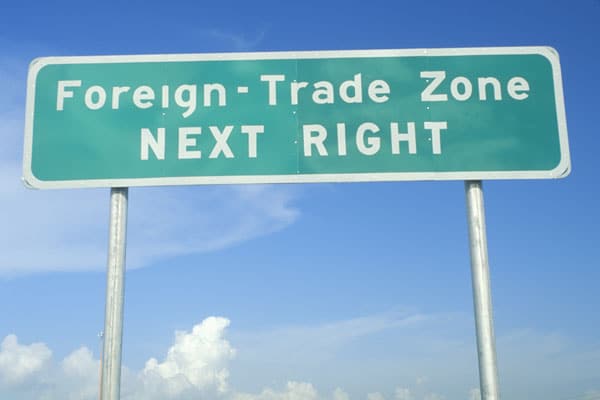US Export Control Regime May See New Addition as Expert Calls for a Fifth Mechanism
The United States could be set to introduce a new us export control regime that harmonizes policy with smaller groups of like-minded nations. According to a report by the Congressional Research Service (CRS), the US should coordinate export control policy with such groups to achieve specific national security, foreign policy, and economic goals, and it should include a “fifth” mechanism, similar to the Coordinating Committee for Multilateral Export Controls, or CoCom. This informal agreement sees the US and most of its NATO allies act together with Australia and Japan.
The CRS report highlights the difficulties the US has encountered in reaching a consensus among the members of existing export control arrangements. Due to these challenges, policymakers and experts have put forward the idea of a fifth regime, which could offer a coordinated approach to export control policy for specific nonproliferation concerns.
Alan Estevez, Under Secretary of Commerce for Industry and Security, expressed his belief that a new, coordinated regime is required to oversee controlled goods in areas such as missile control, nuclear control and chemical/biological matters. The CRS report also notes that policymakers have suggested establishing a body similar to CoCom to coordinate US and EU export control policies concerning the export of sensitive technologies to China, pointing out the limitations of the existing multilateral systems in addressing such issues.
The existing four regimes include the Zangger Committee and Nuclear Suppliers Group for nuclear material and related technology, the Missile Technology Control Regime for missile and associated technology, the Wassenaar Arrangement for conventional arms and dual-use goods, and the Australia Group for biological and chemical weapons and related materials. However, the CRS report notes that the existing multilateral system is too slow, compromised or limited in terms of its non-proliferation mandate, suggesting that a fifth mechanism could offer a space to coordinate on issues outside of nonproliferation concerns.
A new regime could provide a coordinated approach to issues such as human rights abuses and strategic economic competition, casting a wider net on topical concerns. It may also be able to respond to events more efficiently, demonstrating flexibility and quick response to emerging issues such as the Russian invasion of Ukraine.
The CRS report serves as a significant development in export control regimes globally. The potential introduction of a fifth mechanism could impact trade flows, which may require players affected by these changes to monitor related developments. As with all aspects of regulatory changes, those in the industry should remain informed and prepared.
Source: https://www.worldecr.com/news/congress-report-suggests-creation-of-a-new-export-control-regime/

Exporting Procedures Course
This Exporting Documentation and Procedures Course is a must for all exporters. Our expert instructor provides you with practical Do’s and Don’ts of Exporting that will deepen your understanding of the process. With our comprehensive text as your day-to-day resource, you’ll be equipped to handle every aspect of exporting with ease. We update our Exporting course annually to ensure it reflects current practices and regulations, so you can be confident that you’re staying ahead of the curve.






